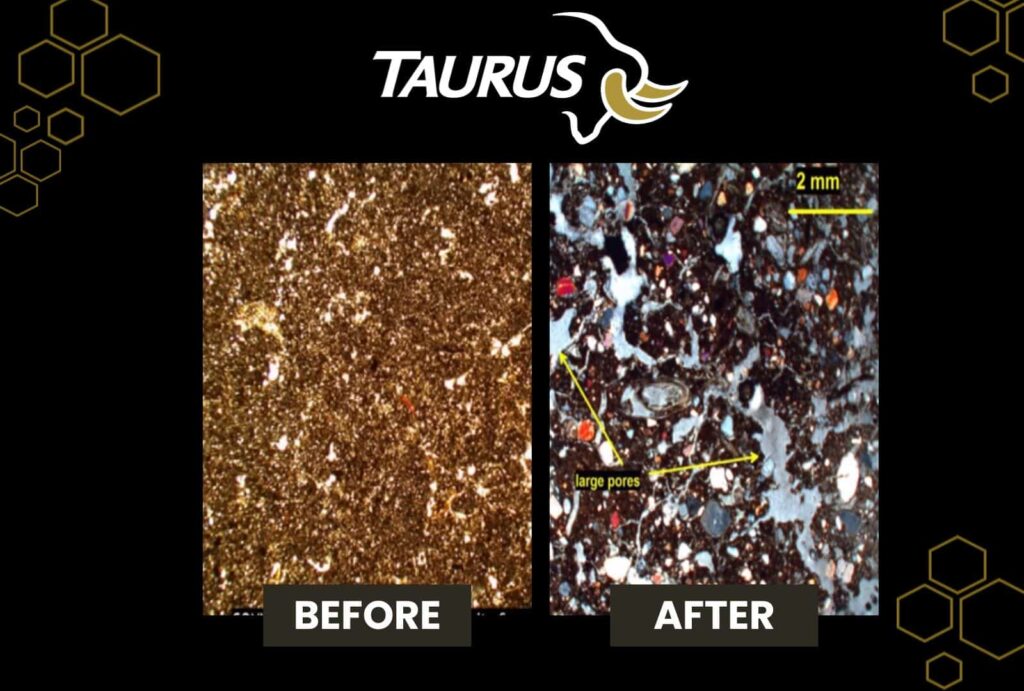What percentage of your farmland is completely unproductive? Do you wonder if there’s a way to transform these barren patches into fertile, thriving land? Calcium may be the key to unlocking the potential of these seemingly unreclaimable acres. Let’s delve into the science behind calcium’s soil-amending properties and explore how it can revitalize soil health and enhance plant growth.
Calcium (Ca) is a vital component in soil, primarily found in minerals like calcium carbonate (limestone) and calcium sulfate (gypsum). It significantly impacts soil structure, water infiltration, and nutrient availability.
Improving soil structure and aggregation is one of calcium’s primary roles. It facilitates the binding of soil particles, forming soil aggregates, essential for enhancing aeration, drainage, and root penetration – all crucial for healthy plant growth. Calcium achieves this by binding to negatively charged clay and organic matter particles, forming bridges that create and stabilize soil aggregates, ultimately leading to improved soil structure. A well-structured soil fosters the growth of beneficial microorganisms, promoting nutrient cycling and plant health.
Calcium’s role in soil aggregation also indirectly affects water infiltration and retention. Well-aggregated soils have larger pore spaces, allowing for better water infiltration and drainage. This improvement reduces the risk of waterlogging and increases soil resilience to drought and heavy rainfall. Moreover, a higher calcium content in the soil can boost its water-holding capacity, promoting essential moisture retention for plant growth.
By affecting the soil’s cation exchange capacity (CEC), calcium also influences the availability of other essential plant nutrients. CEC measures the soil’s ability to retain and exchange positively charged ions (cations) such as calcium, magnesium, potassium, and ammonium. A higher CEC indicates better nutrient retention capacity, benefiting plant growth. Calcium in the soil can enhance the CEC by displacing other cations like aluminum and sodium, which can harm plant growth. Additionally, high levels of calcium can prevent soil acidity by neutralizing acidic conditions, making essential nutrients like phosphorus more available to plants.
Despite magnesium (Mg2+) and sodium (Na+) being essential plant nutrients, high levels in Western Canadian soils can cause issues. Their small ionic size allows soil particles to settle closely together, limiting the passage of water, oxygen, and carbon dioxide through soil micro and macro pores. This restriction hinders crop root system development and reduces productivity. Calcium (Ca2+), a larger ion, can displace magnesium (Mg2+) or sodium (Na+) and push soil particles further apart, increasing porosity and creating a healthier habitat for bacteria, fungi, insects, and other organisms where crop roots can thrive.
Growers looking to solve these issues have several options, such as liming or applying calcium carbonate sources like crushed limestone to fields. This practice is widely used to manage soil acidity and increase soil calcium supply. However, calcium in this form is not plant-available. Another option is calcium sulfate or gypsum, available as mined or synthetic. Mined gypsum is sold as a powder, making it challenging to store, handle, and apply. In contrast, synthetic gypsum provides improved handling, consistent plant availability, and fewer impurities. SUL4R-PLUS¨, a granular synthetic gypsum product, is composed of calcium sulfate (CaS04) and provides season-long availability and seed safety. It also offers a low salt index (5) and is seed-safe in-furrow. The granules of SUL4R-PLUS¨ are held together with an ammonium lignosulfonate binder, which provides a significant amount of carbon, another valuable nutrient for both the crop and the soil ecology.
When you look at your land this growing season, instead of asking yourself why you still bother spending your money seeding your unproductive acres, ask yourself this: What’s stopping you from using science to reclaim them?









